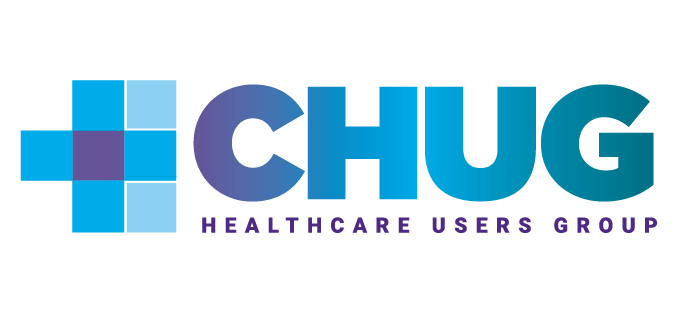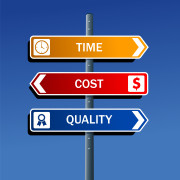Successfully Implement a Patient Portal!
When I started to implement a patient portal there were a few things I realized I needed to think about first.
1. Hardware and bandwidth:
One of the first things you have to consider is where is it going to run, on your own equipment or hosted? If in house, you will need a dedicate server (or two) depending on how many providers you have and what you expect in usage. This will use your internet connection, so make sure you have enough bandwidth to serve your practice plus additional for patient portal use. If you are using a hosted solution for your EMR and patient portal, you mainly have to worry about the cost of the additional servers and the bandwidth from your provider. Do not forget that your usage will increase over time!
2. Design:
Second thing to do is to figure out your design of the patient portal. If you have an existing website trying to mimic it can be difficult, but not impossible. Think on what will make easy to use to for your least technical patient. You want to make sure that they understand where to go to send messages, or fill out patient forms. Once you have settled on your design, start to fill in with content.
3. Content is king!
If you do not have the correct information or correct forms, then your portal is not going to be beneficial to your practice. Make sure your “how to use the content of the patient portal” instructions are clear and concise. Layout your site in a way that is easy for the patients to know where to go to do certain things; such as a page for New Patient Forms or viewing their chart summary, or even sending a message to the staff. Have a page for office locations and even office staff so that the patient can know what to expect. Anything that will make it more user-friendly and informative is great to have on the site.
4. Usability:
If the site is not intuitive, you will have a huge problem. Have a family member test the site with a test patient. Get staff to create an account walk through the portal and give feedback. The more of this you do, the better your portal will be and the more likely for a patient to come back and use it in the future. Remember, one of the upcoming Meaningful Use measures is on how much your portal is used. A simple and well laid-out portal will have the patients coming back in the future!
5. Implementation and rollout:
If you have more than one clinic or location, how are you going to have it rolled out? All at once or one at a time? Just a specific type of patient visit, such as new patients, can make it easier, not only for the patients, but also for the staff. If you start with only a certain subset of your patients, this gives you time to work out issues that may arise when a patient starts using the system. You could even have a time of beta testing with some of your patients and see if they would be willing to give you feedback. Patient feedback will go a long way to helping improve and modifying the portal to make it the best it can be.
Other words of wisdom….
Some other things I do to make my life easier is when designing the forms for the patient portal I will look at my existing EMR forms and see if it is feasible to use them as a template for my portal forms. This gives you a quick and easy template to work from. It will also allow you to make sure what you place on the portal will match up with what you have in the EMR. This allows consistency across both platforms. One of the worse things that can happen is to have the portal not match up with what you have in the EMR. That path leads to woe and despair!
Building and designing a portal can be very challenging, but it can be very fun and rewarding at the same time. Just remember to think of it in the terms of how easy is it to use and how can it benefit the patient and your practice. If it is causing your staff to work harder, then you need to take a look at the portal again. It should help with data entry on the most common items that staff have to enter at each visit and also give the patient a greater sense of involvement in their own healthcare.
By: Ernie Turner | Texas Back Institute












